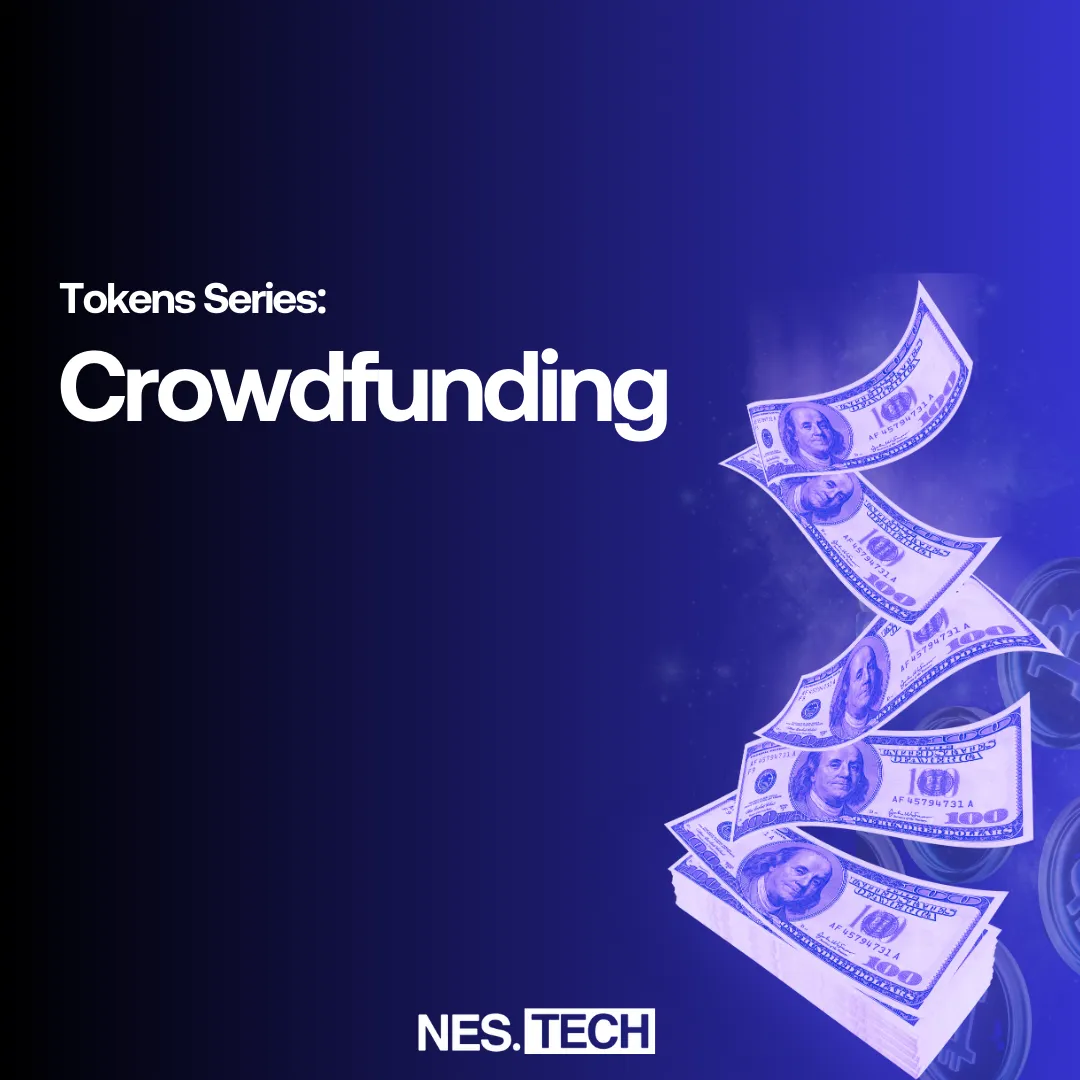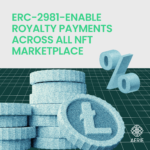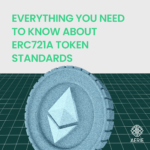What Happens When Crowdfunding Gets a Blockchain Boost?

If you were on the internet nine summers ago, you probably remember the man who went online with a humble quest: to make a potato salad. What began as a light-hearted leap into the world of crowdfunding with a mere $10 goal turned into a viral sensation. The Kickstarter campaign raised a whopping $55,492! This peculiar tale of potato salad pizzazz is a perfect parable for the crowdfunding realm.
Crowdfunding has been dubbed as a ‘buzzword’ by reputable publications. Nevertheless, it serves as evidence of the collective power of individual contributions, transforming ambitious visions into tangible achievements.
Crowdfunding has evolved well beyond mere trendy terminology; it has become a vital artery channelling the flow of resources and transforming the seedlings of innovation into towering successes across industries. From indie filmmakers who’ve charmed the silver screen to tech mavericks whose inventions live in our pockets, crowdfunding has democratized the act of creation, inviting the world to be not just spectators but active patrons in the pageantry of progress.
What Exactly is Crowdfunding?
Crowdfunding is not a phenomenon that began with the potato guy. It has a rich history that dates back long before the internet era. Crowdfunding, essentially, is the collective effort of individuals who pool their resources, typically money, to support efforts initiated by other people or organizations.
Back in the 18th century, it was common for writers and musicians to seek patronage from the public. Mozart, for example, financed some of his concerts through public subscription in the 1780s. Instead of relying solely on the aristocracy or wealthy benefactors, he sought the financial backing of a broader audience, which included both aristocrats and the emerging middle class.
Even the Statue of Liberty is a notable historical instance of crowdfunding in the United States. When the American Committee for the Statue of Liberty ran out of funds for the pedestal, newspaper publisher Joseph Pulitzer launched a campaign in the “New York World” newspaper to raise the necessary funds. More than 160,000 donors contributed, with most donations being less than a dollar.
Nowadays, especially in developing countries, microfinancing is a popular way to allow small investors to fund entrepreneurs with small loans. This is considered a form of crowdfunding because it pools funds from many lenders to finance projects.
In simple terms, crowdfunding is when a bunch of people come together and chip in their money to support projects or ideas started by someone else.
Crowdfunding in the Digital Age
The digital era has brought about a revolution in the way people raise funds and support causes. With the advent of the internet, crowdfunding has undergone a major evolution, making it easier, more accessible, and more effective than ever before.
Firstly, the internet has shattered the confines of geographical limitations. No longer confined to local networks, crowdfunding campaigns can now reach a global audience. Whether you’re in New York or Nairobi, you can connect with supporters worldwide who share your passion for your project.
Since the late 2000s, launching a crowdfunding campaign online has become a breeze. Platforms like Kickstarter, Indiegogo, GoFundMe, and many others offer user-friendly templates and step-by-step guidance to help creators craft compelling campaigns. You don’t need a degree in marketing to get started; you just need a good idea and a compelling story.
Social media and online communities also play an important role in crowdfunding success. Campaigns can quickly gain momentum as backers share them with their networks. The viral potential of the internet can turn a modest campaign into a sensation — just like our potato salad story!
The history of crowdfunding reveals that the fundamental idea of pooling resources for a common purpose has deep roots. Modern technology, particularly the internet, has simply amplified its reach and effectiveness, transforming what once was a practice reliant on close community ties into a global phenomenon capable of generating millions of dollars for projects around the world.
The Double-Edged Sword of Crowdfunding
Yet, for all the stories of salad success and entrepreneurial dreams coming true, crowdfunding platforms tread through a minefield of mishaps and moral issues. Not all that glitters on these platforms is gold. Scams sneak in, masquerading as legitimate campaigns, preying on the goodwill of the crowd.
Take the retro gaming console controversies, which promised the moon, raised six figures, and delivered nothing but dust and echoes. These platforms aren’t just battlefields for funding but arenas of trust. They’ve democratized investing, yes, but they’ve also democratized the risk. There are several more areas where online crowdfunding face challenges.
- Fees: Traditional platforms charge significant fees for their services, which can eat into the funds raised, especially for smaller projects.
- Trust and Transparency: Backers usually rely on the platform and project creators to manage and use the funds appropriately. Misuse of funds or project failures can lead to trust issues.
- Limited International Reach: Cross-border payments can be complicated due to different regulations and financial systems, limiting the potential pool of backers.
- Payment Processing: There can be issues with payment processing, fraud, and chargebacks, which can cause delays and additional costs.
So, where’s the safety net?
In the Wild West of the web, regulation lags behind innovation. Crowdfunding platforms strive to vet and verify, but the cunning of a con artist often slips through the cracks. We must advocate for transparency and demand accountability, and this is where the blockchain comes into play.
This technology revolutionizes the way we trust in the crowdfunding arena. Blockchain offers an immutable ledger of transactions, providing a new standard for transparency and accountability that the industry is ripe for. Through blockchain, backers can trace their contributions, ensure they are used as intended, and even see real-time progress on the projects they support.
Blockchain’s inherent trust mechanism is a game-changer for crowdfunding. They promise to address many of the current system’s flaws, from reducing the risk of scams to streamlining transactions across borders. As we explore the capabilities of blockchain, here’s how this technology stands to strengthen crowdfunding platforms against the challenges they face:
- Enhanced Security and Reduced Fraud: With blockchain, every transaction is encrypted and linked to the previous one, making it nearly impossible to alter any information without being detected. This could dramatically reduce the risk of fraud, a common concern in crowdfunding.
- Lower Fees: Blockchain reduces the fees associated with crowdfunding by eliminating many of the traditional financial intermediaries from the process. This means more of the funds raised go directly to the project itself, rather than being lost to administrative costs.
- Automated Reward Systems: Smart contracts can automatically issue rewards to backers once certain conditions are met, ensuring that creators fulfill their promises.
- Global Accessibility: By using cryptocurrencies for transactions, blockchain can open up campaigns to a worldwide audience without the hassle of currency exchange or international banking fees, making it easier for projects to receive global support.
- Tokenization: Creators can issue tokens representing either a stake in the project (equity crowdfunding) or future services/products (utility tokens). This can potentially provide backers with more tangible and tradeable value.
- Improved Liquidity: Tokens representing equity or product/service rights can be designed to be tradeable on secondary markets, offering backers a potential exit strategy before the project’s completion.
Final Thoughts
The crowdfunding narrative doesn’t need a villain; it needs a dose of reality. It’s a powerful tool, no doubt, but blockchain is poised to reshape the way we trust in the crowdfunding space. By automating trust through smart contracts, the terms agreed upon between creators and backers are coded into self-executing contracts with the terms of the agreement written directly into lines of code. These contracts run on the blockchain, making them executed automatically when conditions are met, thereby reducing the risk of scams and ensuring that funds are only released when milestones are reached.
It’s a paradigm shift — from a system that asks for trust to one that doesn’t need to. The potential for blockchain to underpin the next evolution of crowdfunding is immense. It could mean enhanced due diligence, reduced fraud, and an assurance that the community’s generosity is not misplaced but rather, wisely invested.
The path to elevating crowdfunding platforms into a safer and more secure future lies not only in regulation but also in embracing new technologies like blockchain. The journey of crowdfunding is evolving, and with blockchain, it’s on the cusp of its most exciting chapter yet.









